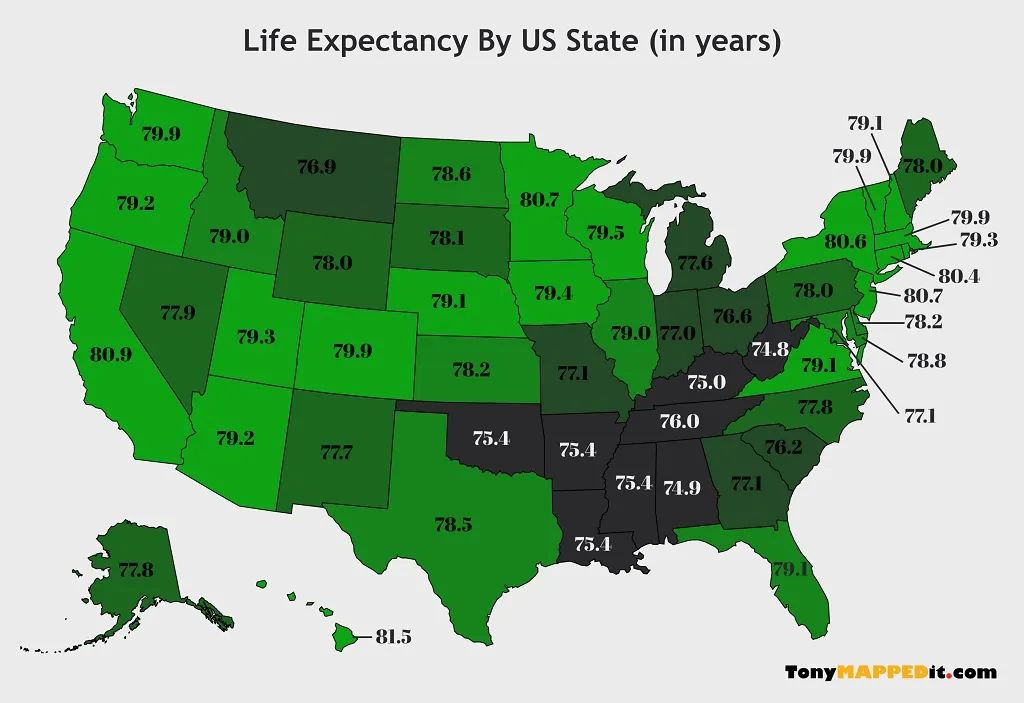
Introduction
In recent years, there has been a growing focus on life expectancy in the United States. With advancements in healthcare, technology, and lifestyle changes, the question arises: Are Americans living longer? In this article, we will explore the trends in life expectancy in the US, factors influencing longevity, and what the future holds for the American population.
Current Trends in Life Expectancy
According to the Centers for Disease Control and Prevention (CDC), life expectancy in the US has been on the rise over the past few decades. In 2019, the average life expectancy at birth was 78.8 years, a slight increase from the previous year. This trend is attributed to improvements in healthcare, better access to medical services, and a decline in smoking rates.
However, it is essential to note that life expectancy can vary by demographic factors such as race, gender, and socioeconomic status. For example, African Americans have a lower life expectancy compared to White Americans, primarily due to disparities in healthcare access and quality.
Factors Influencing Longevity
Several factors contribute to increased life expectancy in the US. One of the primary drivers is advancements in medical technology and treatments. The development of vaccines, surgical procedures, and medications has significantly improved survival rates for various diseases and conditions.
Lifestyle changes also play a crucial role in determining life expectancy. Healthy habits such as regular exercise, a balanced diet, and avoiding harmful substances like tobacco and alcohol can significantly impact longevity. Additionally, access to quality healthcare and preventive services can help individuals manage chronic conditions and prevent premature death.
Challenges to Longevity
Despite the overall increase in life expectancy, there are still challenges that can impact longevity in the US. One of the significant concerns is the rising rates of obesity and related health conditions such as diabetes, heart disease, and stroke. Obesity is a leading risk factor for premature death and can significantly reduce life expectancy.
Mental health also plays a crucial role in determining longevity. The prevalence of mental health disorders, such as depression and anxiety, can impact an individual’s quality of life and increase the risk of premature death. Access to mental health services and support is essential in addressing these challenges.
The Future of Life Expectancy
As we look towards the future, there are several factors that will continue to influence life expectancy in the US. Advances in personalized medicine, genetic testing, and precision healthcare are expected to revolutionize the way we prevent and treat diseases. This personalized approach can help individuals identify their unique risk factors and tailor treatments to their specific needs.
Additionally, public health initiatives focused on addressing disparities in healthcare access and promoting healthy lifestyles are critical in improving overall life expectancy. By targeting the root causes of premature death, such as poverty, lack of education, and inadequate healthcare, we can create a more equitable society where everyone has the opportunity to live a long and healthy life.
Conclusion
In conclusion, Americans are indeed living longer due to advancements in healthcare, technology, and lifestyle changes. While there are challenges that can impact longevity, such as obesity and mental health disorders, there is hope for the future with continued efforts to improve access to quality healthcare and promote healthy behaviors. By addressing these challenges and focusing on preventive care, we can ensure that all Americans have the opportunity to live a long and fulfilling life.
#Life #Expectancy #Americans #Living #Longer
